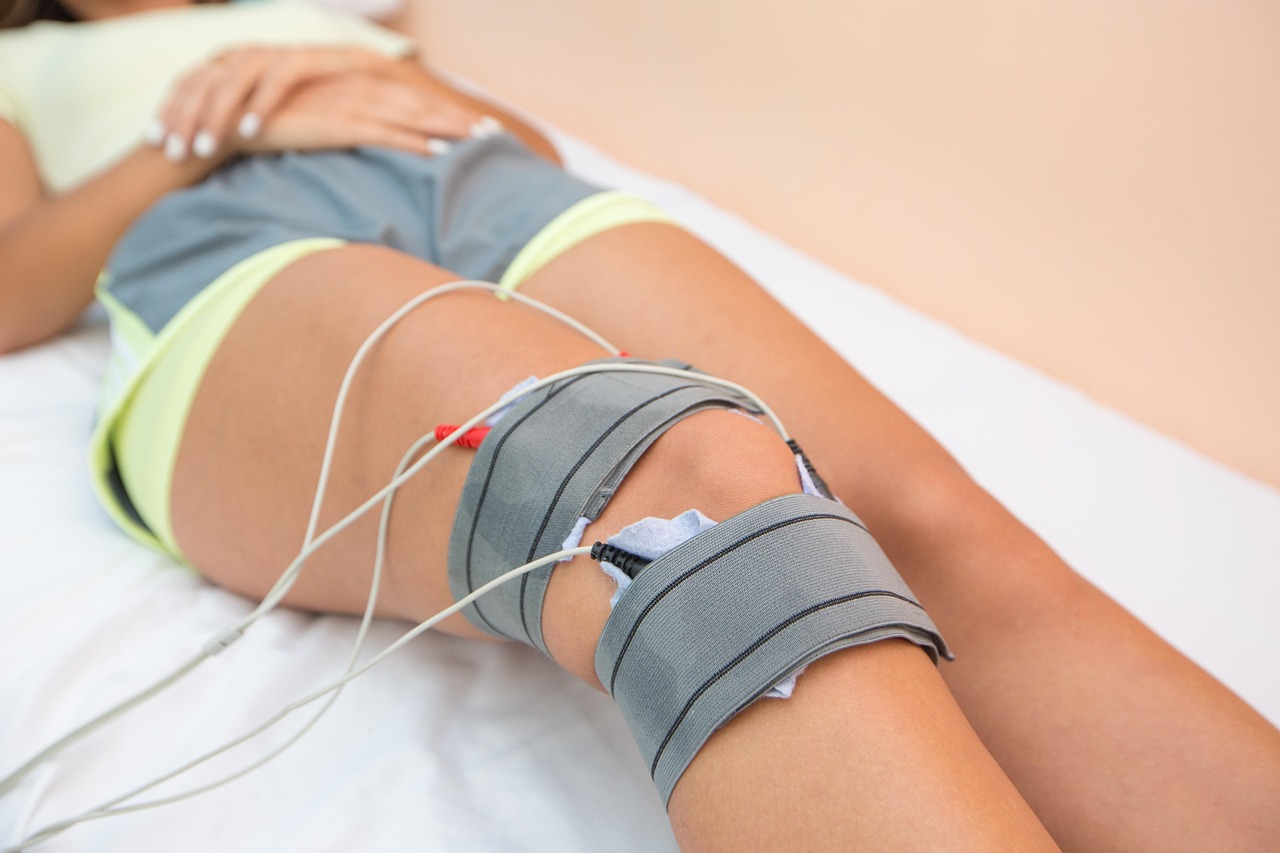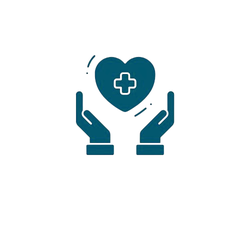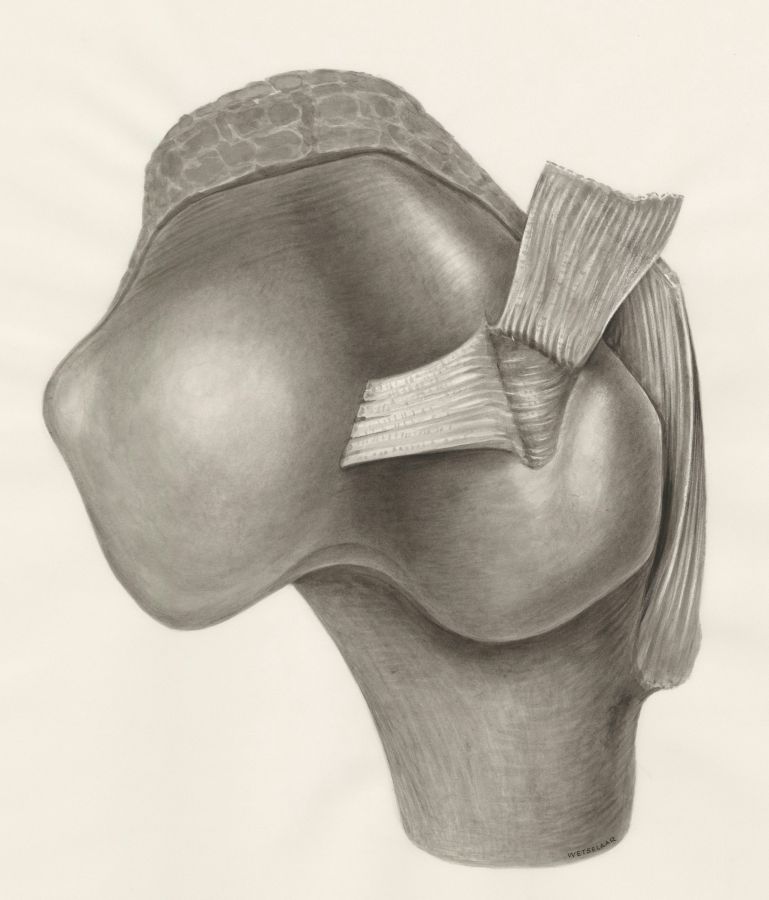Quick Answer
Knee joint pain at 40 and arthritis are closely connected: early osteoarthritis or inflammatory arthritis can show up as morning stiffness, swelling, and pain with stairs. Spotting the link early lets you protect cartilage with smart habits and timely care.
Quick Action Plan
- Track red flags: stiffness >30 minutes, swelling, night pain, locking, or giving way.
- Start a low-impact routine (cycling/swimming) plus two strength sessions weekly.
- See a clinician for an exam and, if needed, X-ray/MRI and lab tests to confirm arthritis.
Sources: Harvard Health, Mayo Clinic, NIH/NIAMS
Is knee joint pain at 40 always linked to arthritis?
Not always, but arthritis is a frequent driver after 40.
Knees start to carry the long story of your life by 40: desk years, weekend sports, body weight ups and downs. Some pain is mechanical (weak muscles, overuse), but many cases reflect early joint degeneration or inflammation. That is why knee joint pain at 40 and arthritis appear together so often and why addressing both mechanics and biology works best.
Which type of arthritis shows up first around 40?
Osteoarthritis leads in sheer numbers; inflammatory types can appear, too.
Osteoarthritis (OA) is the common wear-and-repair imbalance — cartilage thins, bone responds, pain follows. Rheumatoid arthritis (RA) and other inflammatory arthritides can also begin in the 30s–40s, often with swelling, warmth, and prolonged morning stiffness. Understanding which category you’re in guides treatment, so don’t self-diagnose based on pain alone.
What early signs suggest your knee pain is arthritis-related?
Morning stiffness, activity-related aching, swelling, and stiffness after sitting.
If stairs, hills, or long car rides wake up your pain, that pattern fits early OA. If the knee feels hot, puffy, or stiff for >30 minutes in the morning — especially in more than one joint — that leans inflammatory. Either way, documenting symptom timing helps your clinician connect knee joint pain at 40 and arthritis correctly.
How do weight and weak muscles accelerate the arthritis link?
Extra load and poor support speed wear and irritation.
Every step multiplies forces through the knee. Even modest weight loss and stronger quads/glutes change how the joint handles load. For many, arthritic pain eases once muscles do their job again — proof that mechanics and biology are partners in this story.
Can a sedentary lifestyle make knee joint pain at 40 feel like arthritis?
Yes — long sitting stiffens joints and deconditions support muscles.
When you sit for hours, cartilage misses the nutrient washing it gets from motion. Hip flexors tighten, glutes switch off, and knee tracking worsens. The result mimics arthritis symptoms and often coexists with actual early OA — another reason to move more often.
What tests confirm the link between knee joint pain at 40 and arthritis?
A focused exam plus imaging and selective labs.
Clinicians assess swelling, range of motion, joint line tenderness, and stability. X-rays show joint-space narrowing or bone spurs in OA; MRI clarifies cartilage/meniscus. Labs (ESR/CRP, rheumatoid factor, anti-CCP) help rule in inflammatory disease. Testing is tailored to your history, not ordered by default.
Which treatments target arthritis-driven knee pain in your 40s?
Movement therapy, strength, weight management, and symptom-guided meds.
First line: education, graded activity, quad/glute strength, and low-impact cardio. Weight loss, if needed, reduces cumulative load. Topicals and short NSAID courses may help; injections are case-by-case. Surgery is for persistent structural problems after conservative care.

How do hips and ankles affect knee joint pain at 40 and arthritis risk?
Poor hip control and stiff ankles change knee tracking and load.
When the hip can’t resist inward collapse or the ankle lacks dorsiflexion, the knee pays. Adding hip abductor work (side-steps, clamshells) and ankle mobility often reduces arthritic knee stress faster than knee-only plans.
Can nutrition and sleep moderate arthritis-linked knee pain?
Yes — both quietly change inflammation and recovery.
Build meals around vegetables, legumes, whole grains, nuts, olive oil, and omega-3 fish. Keep protein adequate to preserve muscle. Sleep 7–9 hours; poor sleep amplifies pain signals and delays tissue repair, making arthritis feel worse than the imaging looks.
What weekly routine supports knees if arthritis is the culprit?
Blend low-impact cardio, strength, and mobility with clear rules for flare management.
- Cardio: 3×/week 25–30 minutes (cycling, swimming, elliptical).
- Strength: 2×/week 20–30 minutes (sit-to-stands, step-ups, bridges, wall sits).
- Mobility: 5 days/week 5–8 minutes (ankle dorsiflexion, quad/hamstring stretches).
Use a pain guide: keep exercise discomfort ≤3/10 during and the next day; if higher, reduce range/reps and retry. Consistency builds capacity, which reduces arthritis noise.
When should you see a doctor about knee joint pain at 40 and arthritis?
When pain limits life for >2 weeks, you notice swelling/heat, night pain, locking, or fevers.
Those are act now signals. Early diagnosis and load management prevent a temporary flare from becoming a long-term disability story.
FAQ: Knee Joint Pain at 40 and Arthritis
Can arthritis start in just one knee at 40?
Yes. OA often begins asymmetrically, especially after past injury or heavy unilateral loading.
Will exercise worsen arthritis?
Not when dosed well. Low-impact cardio and strength reduce pain and improve function.
Do supplements help?
Vitamin D and omega-3s may help if deficient. Focus first on training, weight, sleep, and footwear.
Related Articles
- Knee Joint Pain at 40
- Early Signs of Knee Joint Pain at 40
- Best Exercises for Knee Joint Pain at 40
- Common Causes of Knee Joint Pain at 40
- How to Prevent Knee Joint Pain After 40
- Arthritis in Your 40s
- Hip Joint Pain at 40
Take the Next Step
The link between knee joint pain at 40 and arthritis isn’t a life sentence. With smart loading, strength, and early checks, you can keep the stories your knees tell full of movement — not limits.

